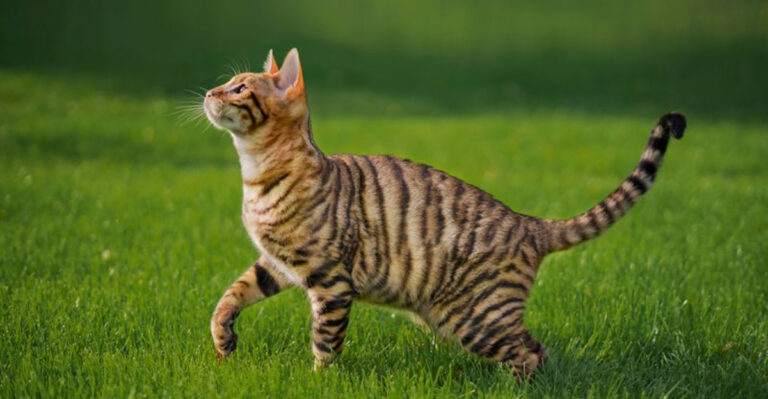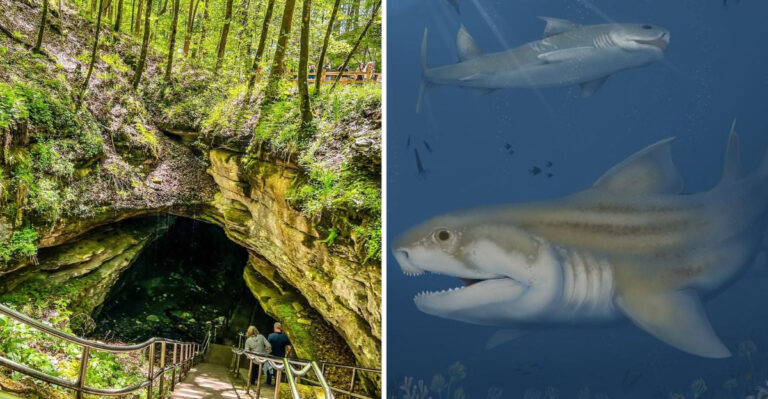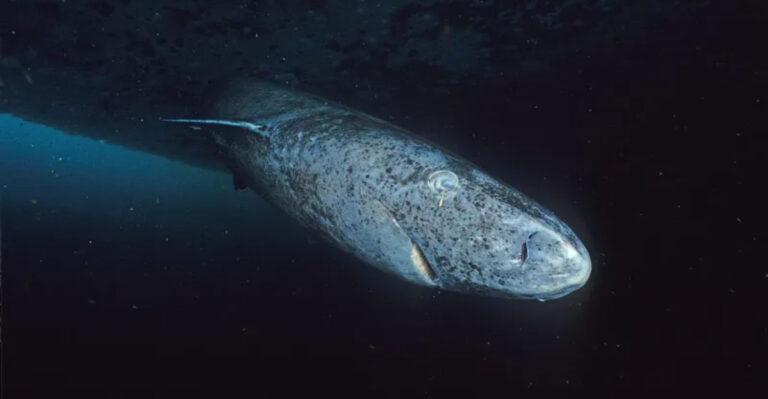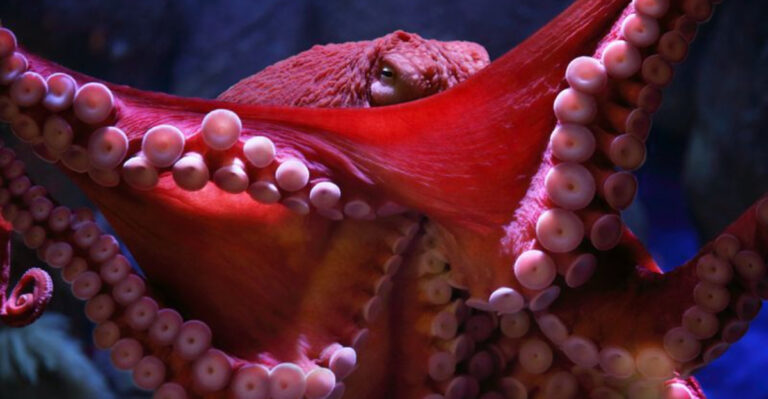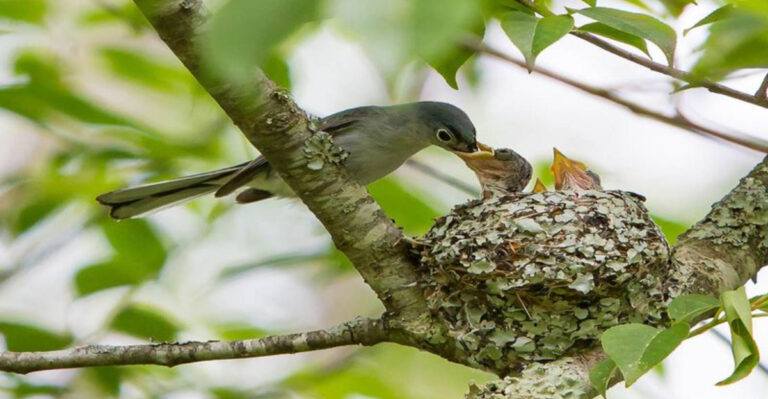A Dinosaur ‘Tombstone’ Resting Under New Jersey Tells The Story Of Prehistoric Giants
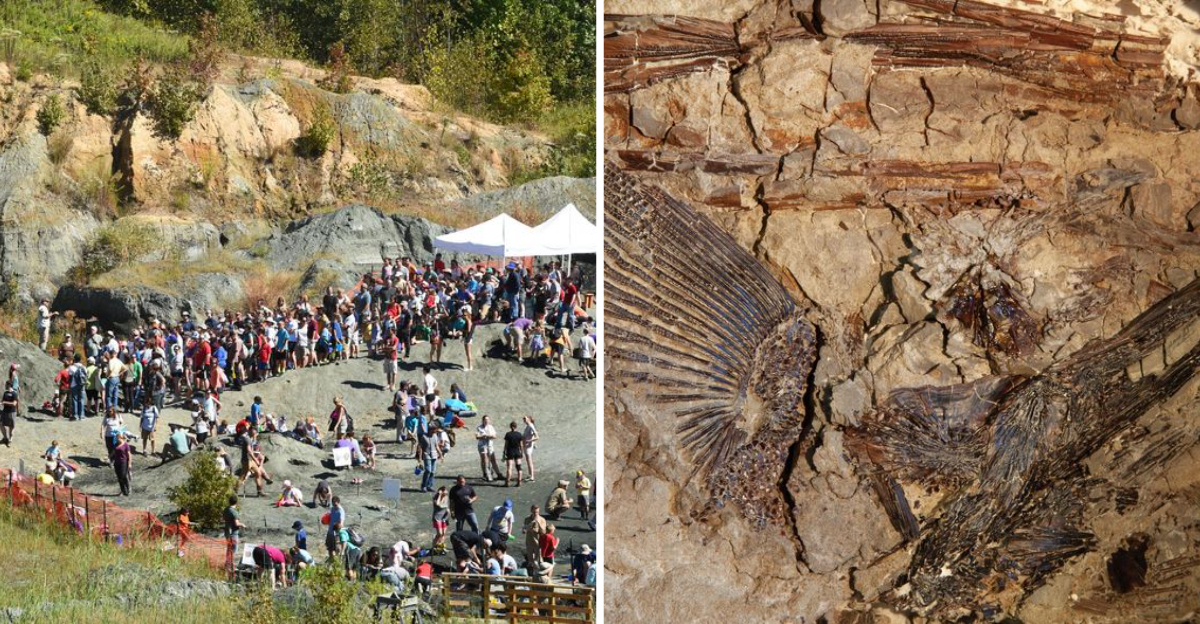
Hidden beneath the Garden State lies a prehistoric treasure trove that’s rewriting our understanding of dinosaurs. Scientists have discovered a remarkable fossil bed in New Jersey that serves as a natural tombstone for creatures that roamed Earth millions of years ago.
This special site captures a pivotal moment in our planet’s history – the dramatic end of the dinosaur era and the beginning of a new chapter in evolution.
A Dinosaur Graveyard Lies Just Beneath The Surface In New Jersey
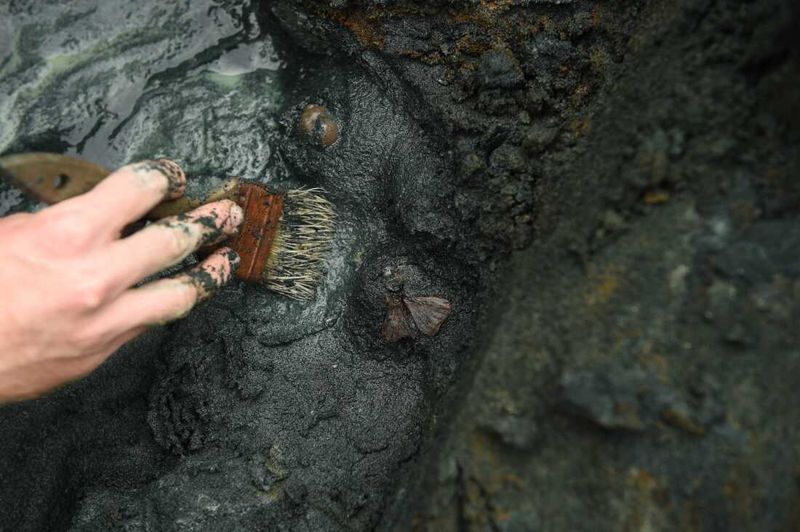
Most people strolling through New Jersey have no idea they’re walking above one of America’s richest dinosaur fossil sites. The remains of prehistoric giants rest just feet below suburban neighborhoods and shopping centers.
Paleontologists call this area a natural time capsule, preserving creatures that died around 66 million years ago. Unlike museum displays, these fossils remain embedded in their original resting places.
The site contains thousands of specimens ranging from tiny teeth to massive leg bones, creating a prehistoric puzzle that scientists continue piecing together.
The Park Sits On A 66-Million-Year-Old Fossil Bed Preserved In Stone
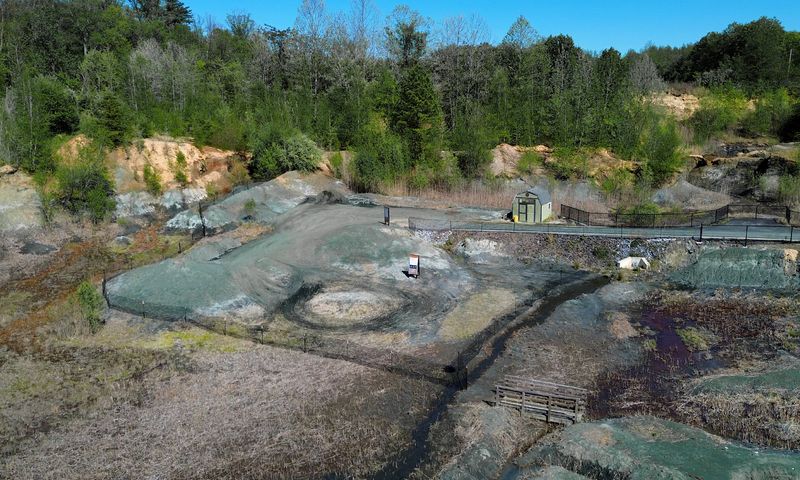
Imagine walking on ground that hasn’t been disturbed since T. rex roamed the Earth! The fossil bed consists of a greenish layer of sedimentary rock called marl, which formed during the late Cretaceous period.
This stone acted like nature’s concrete, quickly hardening around animal remains after they died. The chemical properties of the marl prevented decay and preserved delicate structures rarely found elsewhere.
Scientists date this formation precisely to 66 million years ago – right at the boundary between the Mesozoic and Cenozoic eras. That timing makes this site extraordinarily valuable for understanding Earth’s history.
Visitors Can Search For Dinosaur Bones In This South Jersey Quarry
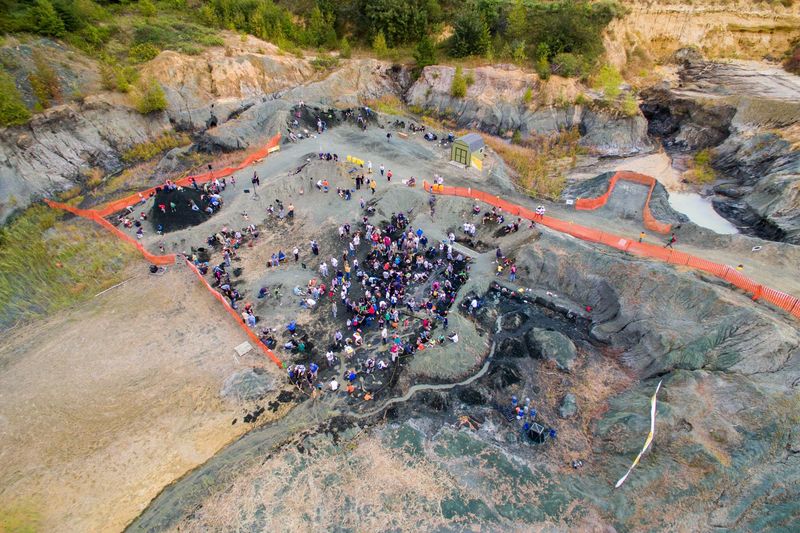
Grab your shovel and brush! Unlike most fossil sites locked behind museum doors, this South Jersey quarry welcomes amateur paleontologists to join the hunt.
During special dig days, visitors receive basic training from experts before heading into designated areas. Kids especially love the thrill of possibly uncovering a tooth or bone fragment that last saw sunlight when dinosaurs ruled.
The quarry provides all necessary tools and guidance. Many lucky fossil hunters have made significant discoveries, including previously unknown species. Your find might even end up displayed in a museum with your name credited as the discoverer!
The Site Marks One Of The Final Moments In The Age Of Dinosaurs
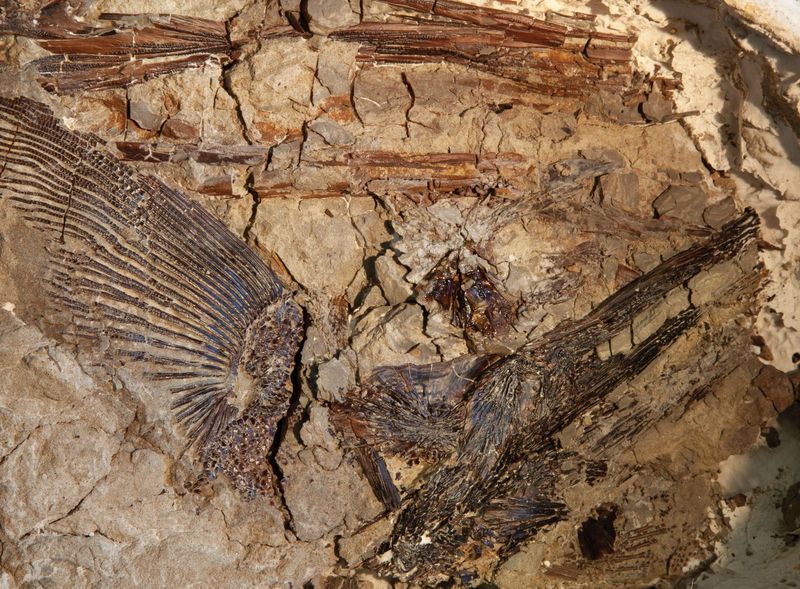
Mother Nature pressed pause at exactly the right moment here. The fossil layer captures life just before the asteroid impact that ended the dinosaur era!
Evidence suggests these creatures died within thousands of years – maybe even months – of the catastrophic event. Geologists found a thin layer of iridium-rich clay directly above the fossil bed, the smoking gun pointing to the asteroid impact.
Some fossils show signs of stress and declining health, hinting at environmental changes already underway. The site essentially functions as a snapshot of Earth’s last dinosaur communities, making it invaluable for understanding how these magnificent creatures lived their final days.
Fossil Evidence Shows How Dinosaurs Vanished And Birds Took Over
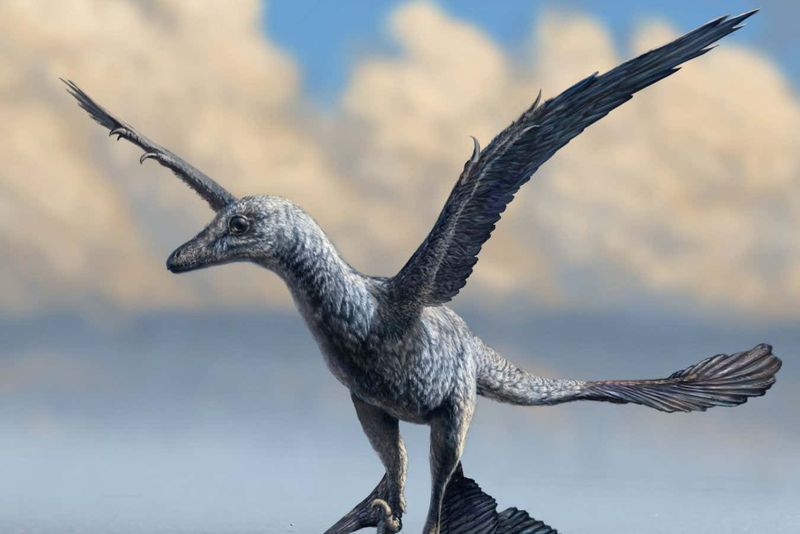
The transition from dinosaur dominance to bird survival plays out like a detective story in these rocks. While massive dinosaurs disappeared completely, their smaller feathered relatives somehow survived.
Fossilized feathers and tiny bird-like dinosaur bones tell the tale of evolution in progress. The site contains remains from both sides of the extinction event, allowing scientists to track which traits helped certain species survive.
Body size proved crucial – smaller creatures needed less food during the post-impact winter. The fossil record here reveals that the birds we see today aren’t just dinosaur descendants; they’re the successful survivors of Earth’s greatest catastrophe.
Creatures Like The Mosasaur And Dryptosaurus Once Lived Here
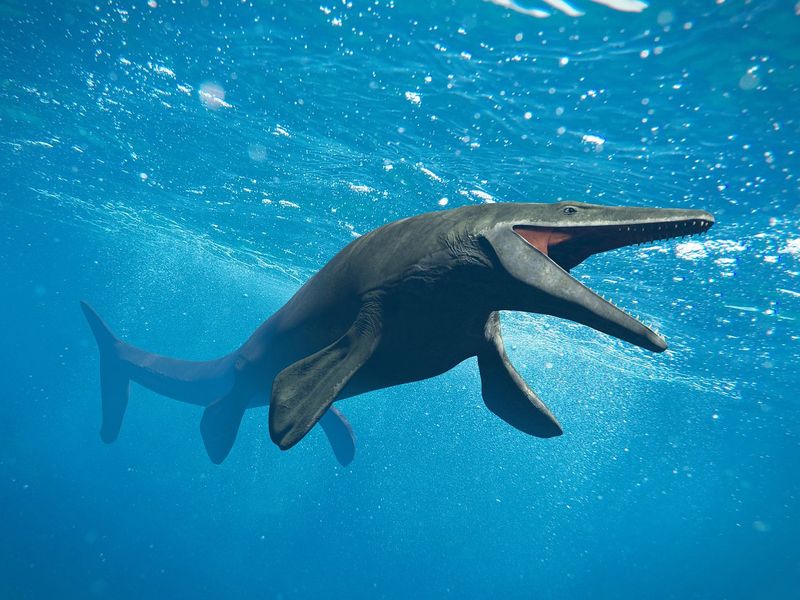
Long before the Jersey Shore attracted human swimmers, massive mosasaurs – bus-sized marine reptiles with double-hinged jaws – patrolled these waters. Their fossilized teeth and vertebrae litter the marl beds, sometimes accompanied by stomach contents revealing their last meals.
On land, the fierce Dryptosaurus, a relative of T. rex but more slender and agile, hunted through prehistoric forests. One exceptional fossil shows this predator’s curved claws, which it used to slash prey.
The diversity of creatures found here is staggering. From giant sea turtles to crocodile-like reptiles, this area supported a complex ecosystem that vanished in geological terms overnight.
The Fossils Reveal Clues About The Earth’s Last Mass Extinction
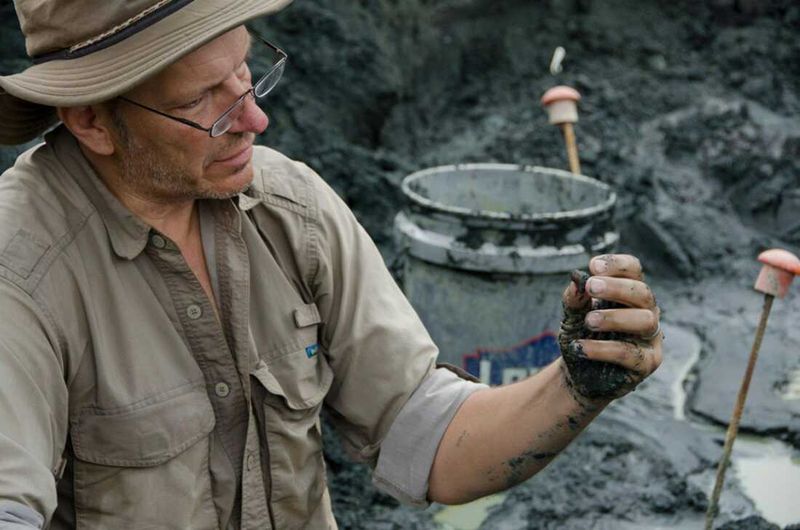
These New Jersey fossils are like pages from Earth’s diary during its most traumatic chapter. The rock layers tell a clear before-and-after story of the asteroid impact that wiped out 75% of all species.
Chemical analysis of the fossils shows a rapid temperature drop followed by years of darkness. Plant remains become scarce above the extinction boundary, confirming the collapse of food chains.
Surprisingly, some marine creatures show evidence of acid damage to their shells. This supports theories that the impact acidified oceans worldwide. By studying these remains, scientists continue piecing together exactly how and why certain species survived while others perished forever.
The Park Offers A Glimpse Into Life Before And After The Impact
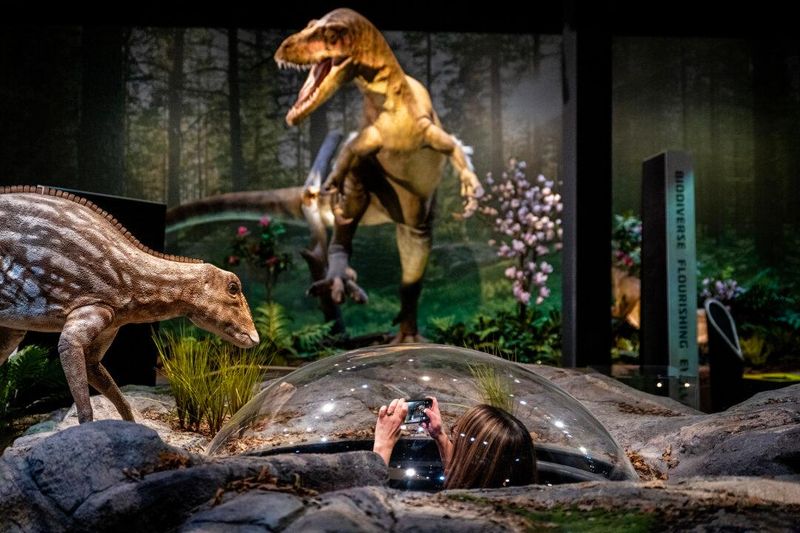
Walking through the park’s timeline exhibit feels like traveling through Earth’s most dramatic chapter. The carefully preserved layers show abundant, diverse life forms suddenly replaced by a sparse fossil record above the impact line.
Interactive displays let visitors compare pre-extinction ecosystems with the recovery period. You’ll see how ferns were the first plants to return after the catastrophe, creating a world very different from the one dinosaurs knew.
The most powerful exhibit features two complete soil cores displayed side by side – one from just before the impact, teeming with life, and one from after, nearly barren. This stark contrast brings home the reality of how quickly our planet can change.
The Museum Highlights The Link Between Extinction And Climate Change
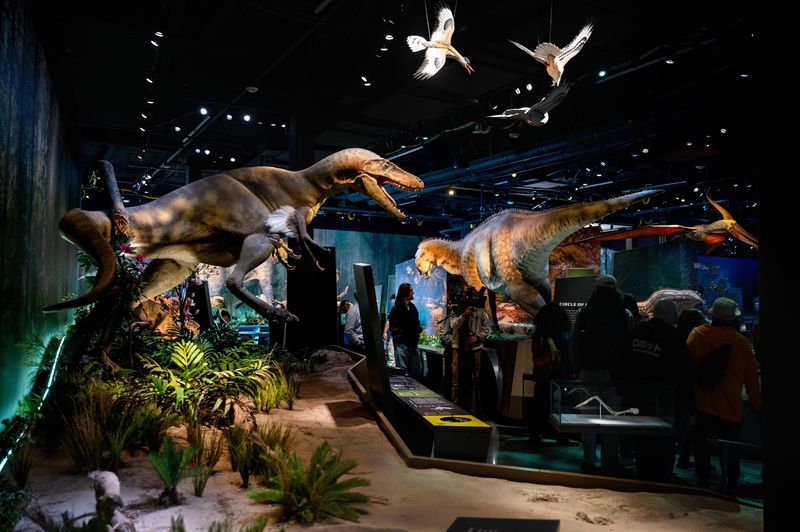
Ancient climate lessons echo through the museum halls, connecting dinosaur extinction to modern environmental concerns. Exhibits explain how the asteroid impact created climate effects similar to nuclear winter, with dust blocking sunlight for years.
Interactive stations allow visitors to compare the speed of past natural climate shifts with today’s human-caused changes. The parallels are sobering – both involve rapid carbon cycle disruptions.
What makes this museum unique is its hopeful message about resilience. Displays showcase how life eventually recovered and diversified after the catastrophe. This perspective offers valuable context for understanding our current climate challenges while emphasizing that Earth’s history includes both tragedy and remarkable renewal.
This Fossil Site Blends Scientific Discovery With Natural Wonder
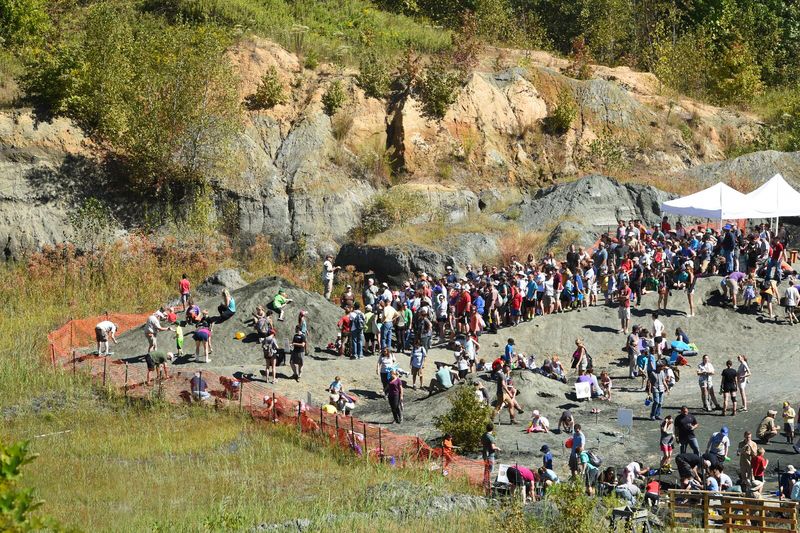
Science meets wonder in this unique outdoor laboratory where researchers work in full public view. Visitors often witness real discoveries happening before their eyes as paleontologists carefully extract new specimens.
The site preserves not just fossils but the entire ancient environment. Sediment analysis has revealed details about prehistoric weather patterns, plant communities, and even ancient waterways.
School groups particularly benefit from the hands-on approach to science education here. Rather than just memorizing facts from textbooks, students participate in actual research projects. This combination of rigorous science and accessible education makes the fossil park a national treasure – one that continues revealing new secrets about our planet’s fascinating past.

